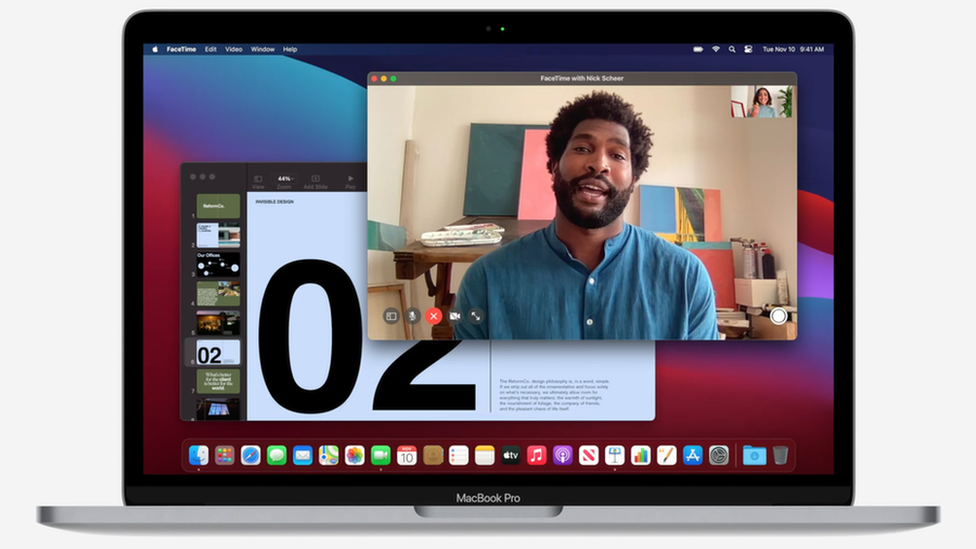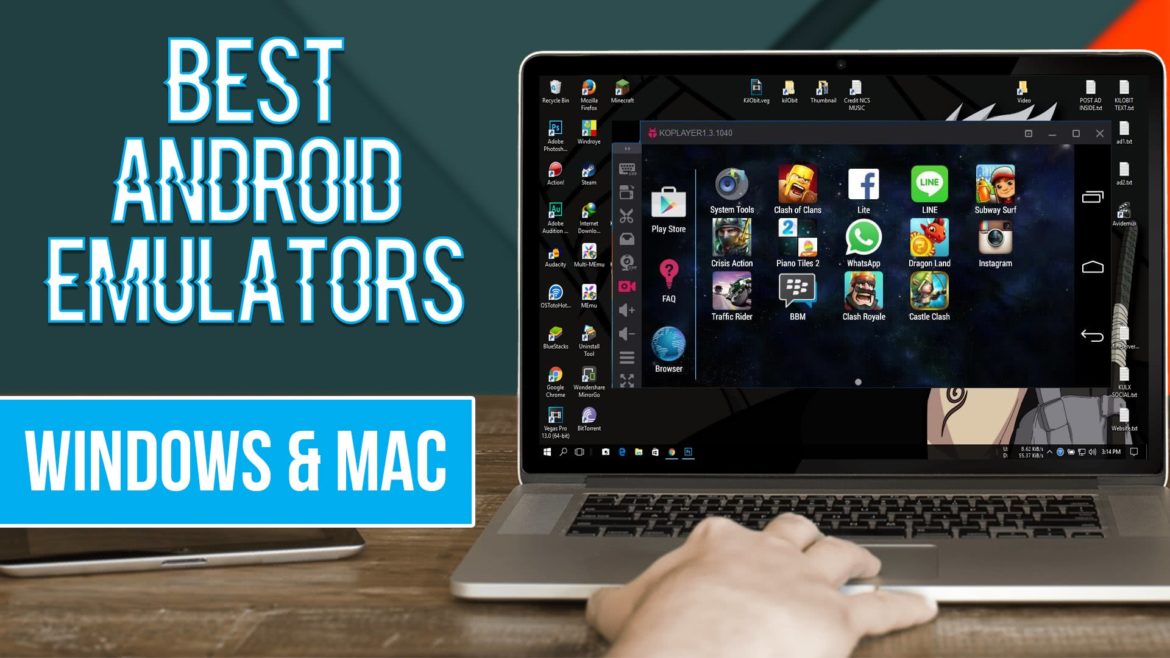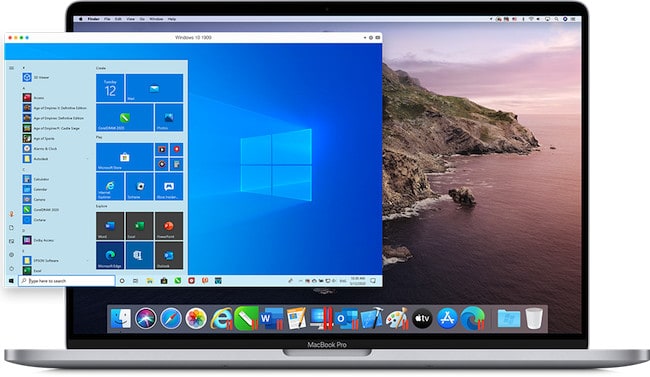


One way to observe this is to open a Universal App with the option to Open using Rosetta ticked (in the Finder’s Get Info dialog). For some apps, this may occur when they’re installed on the M1 Mac, but it can also be delayed until launch time.

#WINDOWS EMULATOR MAC CHIP CODE#
These components are all small, but in extremes of use OAH can consume a lot of memory and CPU when called on to translate very large Intel executable code files.Īpple is a bit vague as to when OAH actually performs translation, but whenever possible this is completed well before the code is required to be run. As far as I can tell, this is the only part of it which you can see in action in the log. It consists of a Launch Daemon, run by, and its root helper, which provide the oahd service. Its executable code is thus stored in the path /Library/Apple/, with its components in /usr/libexec/oah, and in /usr/share/rosetta. All its components are stored on the Data volume, not in the sealed System, as it’s only installed on demand, and can be updated outside of normal macOS updates. If you look inside macOS, or in the log, you won’t see Rosetta, as internally it’s known as OAH. When you then come to run that app or tool, it runs almost as fast as on an equivalent Intel processor, and experience with Rosetta 2 confirms this: performance on an M1 Mac is comparable in most cases with that on an equivalent Intel Mac, sometimes even better. What it does is take the Intel code to be run on an M1 and translates it from Intel to ARM code, before the code is going to be run.
#WINDOWS EMULATOR MAC CHIP PC#
Neither is it an emulator, which provides a virtual processor and is normally painfully slow, as we experienced with PC emulators on PowerMacs in the past. Rosetta isn’t a Virtual Machine (VM), which merely provides a layer to work between different operating systems, and can’t run across different processor architectures. (The original Rosetta had the same task during the transition to Intel.) It’s temporary in the sense that there will come a time when support for Rosetta 2 will be discontinued. If M1 Macs could only run apps built for its ARM cores, then they’d have a limited market, so Apple has engineered a temporary solution branded as Rosetta 2. The eight cores inside an M1 can’t run code which has been compiled for Intel processors, because the instructions (and more) are different. The most fundamental difference between an M1 Mac and all the previous Macs, since they switched to using Intel in 2006, is the processor.


 0 kommentar(er)
0 kommentar(er)
